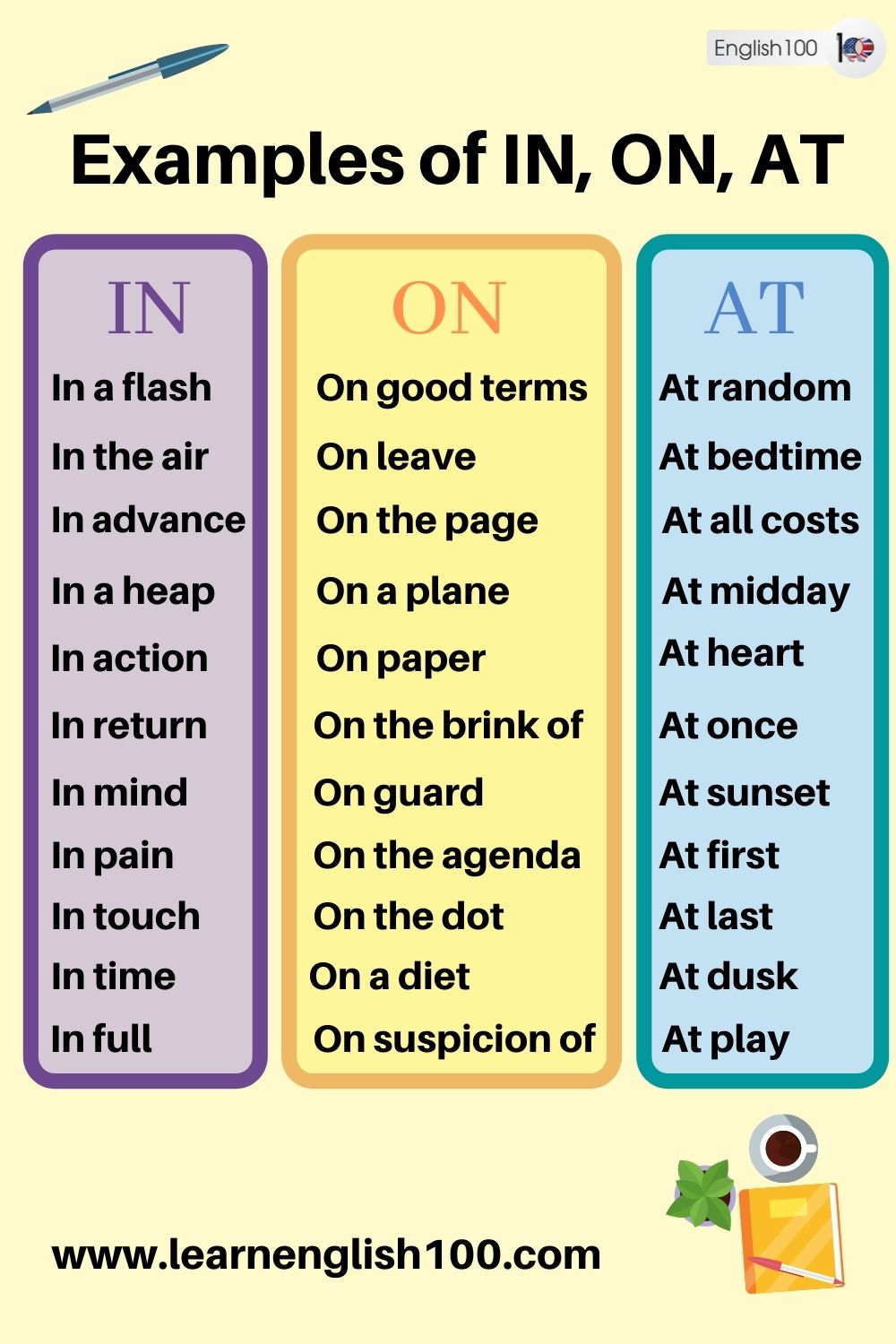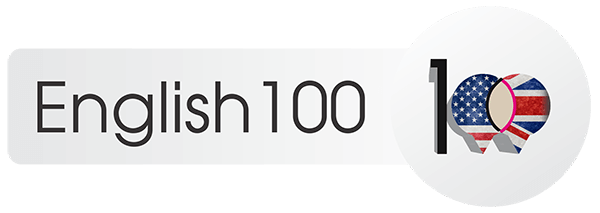
preposition at in on exercise
Prepositions are a necessity to form a sensical sentence. They connect the subject to the predicate or the parts of the predicate itself to each other.
Prepositions are small words, but they play a significant role in English grammar. They help us convey relationships in time, place, and direction. Among the commonly used prepositions, “at,” “in,” and “on” are some of the most versatile, yet they can also be the trickiest to use correctly. Understanding when to use each of these prepositions is essential for clear and effective communication in English.
In this article, we’ll delve into exercises designed to sharpen your skills with “at,” “in,” and “on.” Whether you’re a learner looking to improve your grasp of English prepositions or a native speaker seeking a refresher, these exercises will provide valuable practice. We’ll cover a range of scenarios where these prepositions are commonly used, helping you feel more confident in your language abilities.
Let’s embark on this journey to strengthen your command of “at,” “in,” and “on.” Through exercises and examples, you’ll gain a better understanding of how these prepositions function in various contexts. So, let’s get started!
In
In the news
In a hurry
In troubles
In a mess
In a flash
In the air
In advance
In a deep sleep
In a heap
In abundance
In action
In return
In mind
In pain
In a state of Euphoria
In touch
In abeyance
In addition to
In time
In full
I was in the classroom when the teacher came.
They were in big trouble.
Sam enjoyed the trip in 2008 more than any other.
Groups of people joined in when they heard their help is required.
The pastor was in horror when he found about the father’s horrific actions.
Prepositions contribute to the flexibility and fluidity of English sentence structure. They allow you to convey complex ideas by connecting various elements in a sentence. Without prepositions, sentences could become rigid and monotonous. 1
On
On good terms
On Oximan Street
On the phone
On TV
On leave
On the page
On a plane
On paper
On the brink of
On the edge of
On such a cold day
On a warm day
On loan
On the menu
On the roof
On impulse
On occasions
On guard
On strike
On the agenda
On the outskirts of
On the dot
On-demand
On a diet
On suspicion of
On a short notice
All travelers should be on time for their flights.
Work is best done on schedule.
Joan forgot her lunch on the table.
The FBI agent was on oath during the trial.
My sister goes on a shopping spree whenever she has money.
At
At random
At that time
At bedtime
At all costs
At all events
At 5:00 p.m.
At midday
At Christmas
At dinner
At heart
At length
At once
At the same time
At sunset
At the age of
At face value
At first
At first sight
At the top of
At last
At dusk
At play
At a low ebb
At one’s request
At one’s demand
At ease
At the peak of
At war with
At an advantage
At the hands of
Those kids are at risk.
We should help the people at least when we can.
Any problem at large can be solved with enough time and planning.
It is not a wise choice to go out at night when you are sick.
If you fight a person who has nothing to lose, you are fighting at a loss.
This may be able to sum it up all in a simple way. In is used to describe a place that has no boundaries, for example, “the living room is in the basement.” On is used to describe something that exists on top of something else, for example, “my desk is on the floor.” At refers to the time of day, for example, “we had lunch at noon.
Prepositions are often forgotten about when it comes to grammar, but they can make a huge difference in your writing. If you’re not sure what prepositions are, take a look at this article to see what they are and how they can be used.
FAQ
What are the rules for using prepositions in on at?
The rules for using the prepositions “in,” “on,” and “at” in English can be a bit complex, as they depend on the context and the specific meaning you want to convey. However, here are some general guidelines to help you use these prepositions correctly:
- “In” is often used to indicate a location within a three-dimensional space. Example: The cat is in the box.
- “In” is used for months, years, seasons, and longer periods of time.
Example: She was born in 1990.
Example: We go skiing in the winter.
3.”In” is used for large geographical areas, such as countries and cities.
Example: I live in France.
Example: They visited museums in Paris.
- “On” is generally used for surfaces or a specific point in time.
Example: The book is on the table.
Example: The meeting is on Monday.
2. “On” is used for specific days and dates.
Example: We’ll meet on Saturday.
Example: His birthday is on June 5th.
3. “On” can be used for modes of transportation.
Example: She traveled on a plane.
- “At” is used for specific points or locations.
Example: I’ll meet you at the restaurant.
Example: She’s waiting at the bus stop.
2. “At” is used for times such as the clock time.
Example: The meeting is at 2:30 PM.
Example: Dinner is at 7 o’clock.
3. “At” is used for events and gatherings.
Example: They met at the party.
Example: I saw her at the concert.
Where do we use at preposition?
The preposition “at” is used in several contexts in English. Here are some common situations where “at” is used:
Specific Locations:
“At” is used to specify a particular location or place.
Example: She’s waiting at the bus stop.
Example: The keys are at the front door.
Example: We’ll meet you at the restaurant.
Specific Times:
“At” is used to indicate a precise point in time, including clock times.
Example: The meeting is at 2:30 PM.
Example: Dinner is at 7 o’clock.
Example: The concert starts at 8 PM.
Events and Gatherings:
“At” is used to refer to events, gatherings, or occasions.
Example: They met at the party.
Example: I saw her at the conference.
Example: We’ll see you at the wedding.
Institutions and Public Places:
“At” can be used to indicate certain institutions or public places.
Example: She works at the hospital.
Example: They studied at the university.
Example: We met at the library.
Expressions of Surprise or Disapproval:
“At” is used in expressions of surprise or disapproval.
Example: I can’t believe he laughed at the situation.
Example: She was shocked at his rude behavior.
Example: They were angry at the decision.
Age:
“At” is used when referring to a specific age.
Example: He got his first job at the age of 16.
Example: She started learning to play the piano at a young age.
Skills and Abilities:
“At” can be used to describe a level of proficiency or skill.
Example: She’s excellent at playing chess.
Example: He’s not very good at public speaking.
Expressions:
“At” is used in various idiomatic expressions and phrases.
Example: At first glance, the problem seemed easy.
Example: She’s good at math.
Example: At last, they arrived
In conclusion, practicing prepositions “at,” “in,” and “on” through exercises is an effective way to improve your English language skills. These small but important words play a significant role in determining the correct placement of objects, locations, and time in sentences. By regularly engaging in exercises that focus on these prepositions, you can enhance your understanding of how they function in different contexts.
Mastery of these prepositions will not only lead to more accurate and fluent communication but also boost your overall confidence in using the English language effectively. So, keep practicing and refining your skills, and soon, you’ll navigate prepositions “at,” “in,” and “on” with ease.
References:
- Bendwebs_Admin. (2023, October 27). Prepositions – small (but important) words! SciTechEdit International.
